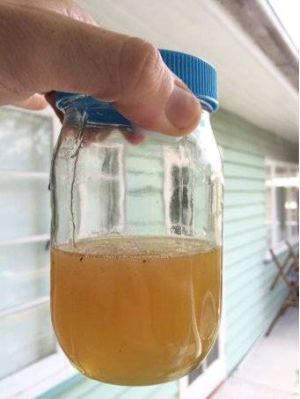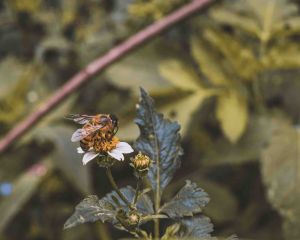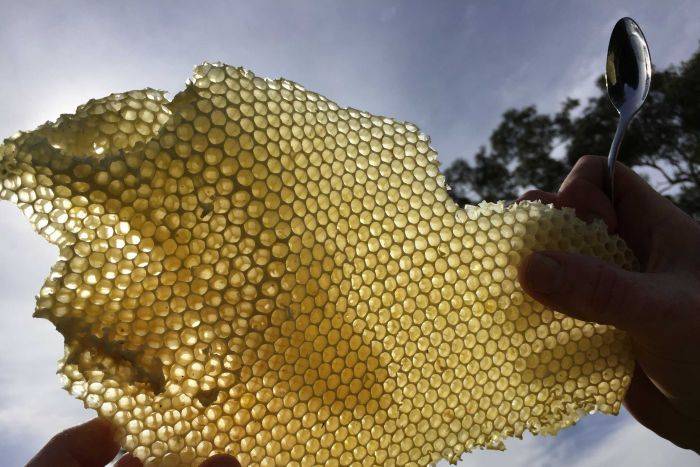
Photo: Honeycomb after the honey has been extracted (ABC Rural: Joshua Becker)
For all the buzz around backyard beekeeping, there's a shift underway at the other end of the industry.
The big commercial operators are looking to move from mass honey production to pollination.
In part this comes down to the expansion of horticultural industries that rely on bees.
Technical specialist with the NSW Department of Primary Industries, Doug Somerville, said demand from almond and blueberry farmers was behind the change.
"The bee industry in Australia is changing rather quickly at the at the professional end," he said.
"It was traditionally focused on bulk honey production... but now at the big end it's swinging across to paid pollination because the almond industry is growing exponentially in south west New South Wales, Victoria and South Australia.
"Now the biggest movement of bees in the country is in the eastern states with literally 150,000 plus beehives being moved down into the almond growing areas and that's not likely to stop in the near future.
"So we'll see a shift in beekeepers moving their business model from purely honey production to doing pollination as well as honey production.
"But that honey production may well suffer as result, if it's economically viable to swing further on to the pollination area."

Photo: Almond trees depend entirely on the pollination services on bees to allow them to set fruit for the next season. (User submitted: Lorraine Gilbert)
The increase in demand will make pollination more profitable for apiarists.
This will in turn make the industry more sustainable and create opportunities for new blood to enter the industry, according to Mr Somerville.
"There's a lot of fuss at the moment with people saying 'there's not enough bees, there's not enough bees' but to me that's a bit of a 'the sky is falling in type stuff' - there are enough bees if the market pays," he said.
"It's very much about supply and demand, you can double the number of bees in one season and that's not too difficult with a bit of expertise.
"What you need then is for it to be economically viable to do so for the beekeeper to be able to spend that time and energy invested in producing a product that needs to then be paid for.
"So we're sort of seeing a slow increase in the price paid for pollination. It's sitting around $120 per hive which is not too bad.
"We haven't sort of got to that crunch of the supply and demand curve crossing each other at this point in time.
"I was speaking to the biggest broker of bees for almond pollination yesterday and we believe it will probably happen next year or two.
"That will probably see a spike in people wanting to get into bees commercially."

By Joshua Becker Updated





